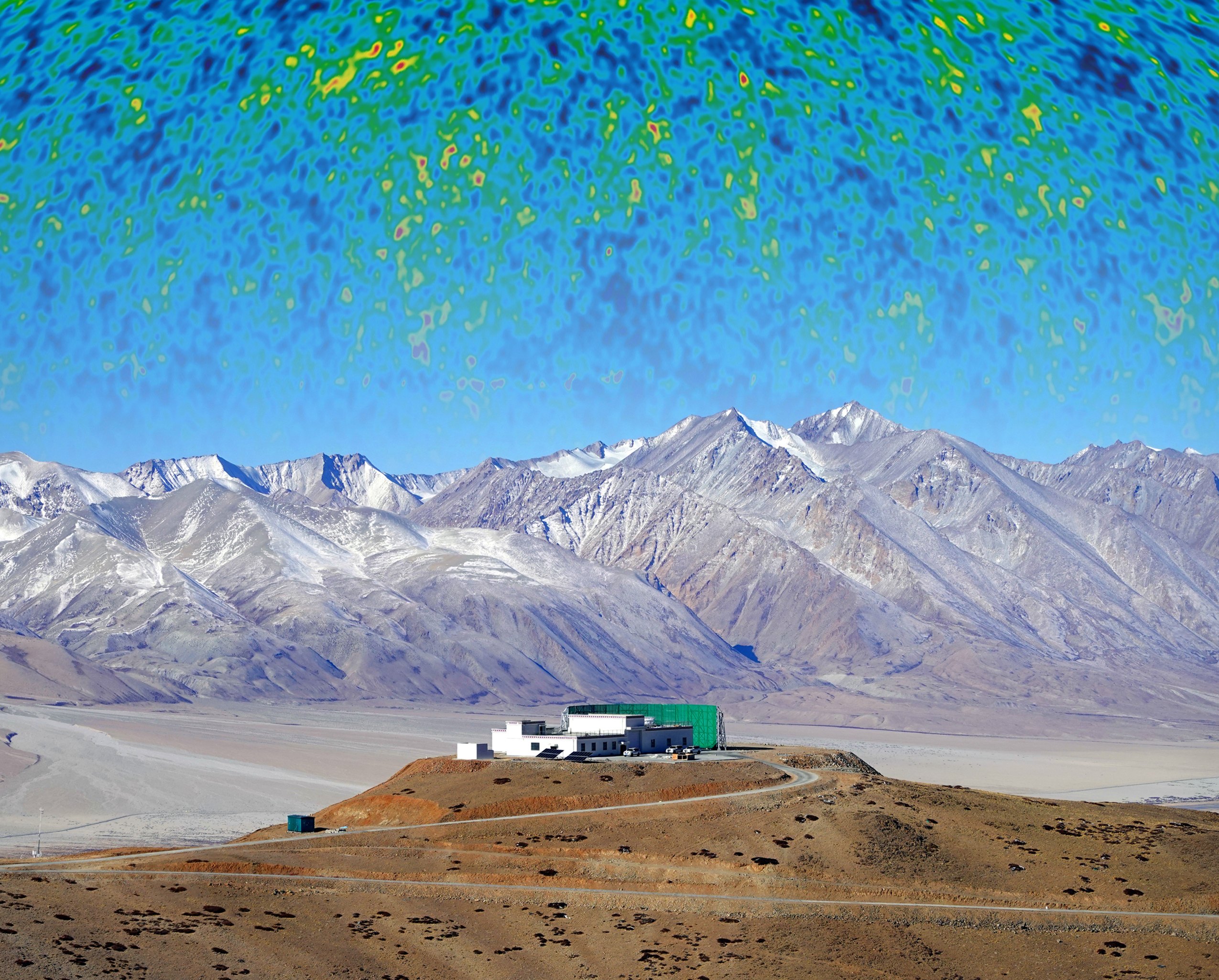2025-02-26 (Wednesday) 9:00 PM CST [Webinar]
Title:
Do we need to rethink inflation?
Speaker:
Dr. William Giarè
Institutions:
University of Sheffield
Short-bio:
I received my PhD in December 2021 from “La Sapienza” University of Rome under the supervision of Prof. Alessandro Melchiorri. From December 2021 to December 2022 I spent one year as a postdoctoral research fellow at the INFN Center for Advanced Studies in Theoretical Physics, the Galileo Galilei Institute (GGI), Florence. In January 2022, I joined the University of Sheffield as a research associate (postdoc) in theoretical cosmology, where I am currently based.
Abstract:
CMB temperature and polarization measurements from the Planck satellite and the BICEP/Keck collaboration have imposed stringent constraints on the amplitude of primordial gravitational waves (r < 0.036) and the scalar spectral index (ns = 0.9649 ± 0.0044), narrowing the range of viable inflationary models. In this talk, I will examine the extent to which these results are supported by CMB experiments other than Planck and whether recent and longstanding cosmological tensions introduce additional uncertainties surrounding these conclusions. I will argue that new physics at early times (i.e., before recombination) could have significant implications for inflation. Even mild deviations from early-time ΛCDM cosmology — potentially supported by current data — could notably alter our conclusions about which inflationary models are favored or disfavored by observations. Based on these findings, there is solid ground to conclude that constraints on inflationary parameters may be more sensitive to the cosmological model than is often realized and that the presence of these tensions could represent a non-negligible source of uncertainty for inflation.
Voov Meeting:
608-335-924
https://meeting.tendent.dom/dm/87wbUrZicWn8
Koushare live broadcast 蔻享直播 :
https://www.koushare.com/live/details/34727








